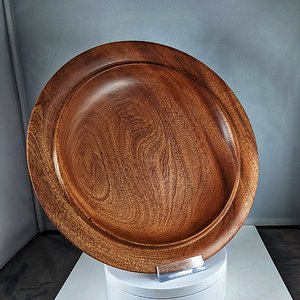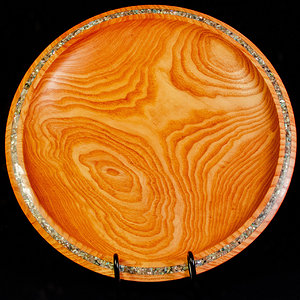-
November Turning Challenge: Puahala Calabash! (click here for details) -
Sign up for the AAW Forum Pre-Holiday Swap by Monday, November 4th (click here for details) -
Congratulations to Nino G. Cocchiarella for "Woven Seat Stool" being selected as Turning of the Week for October 28, 2024 (click here for details) -
Welcome new registering member. Your username must be your real First and Last name (for example: John Doe). "Screen names" and "handles" are not allowed and your registration will be deleted if you don't use your real name. Also, do not use all caps nor all lower case.








